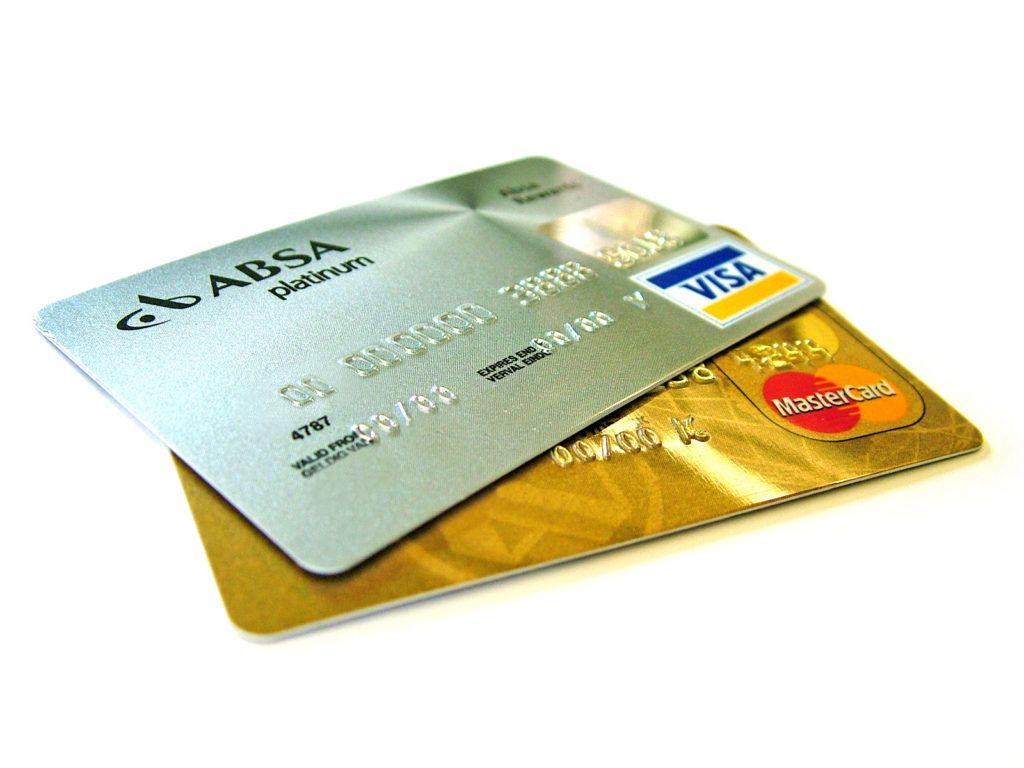
The importance of cash flow management cannot be overemphasized. Big or small, new or established, hbusinesses need ready cash in order to run efficiently. Indeed, there have been companies which, while still earning profits, have languished and shut down just because, at some point, they have run out of cash. From this, we see the wisdom in saying that “Cash is king.”
How well it manages its cash flow can translate to survival or death, growth or decline for a business.
To manage cash flow efficiently, it is important for a business owner to understand the key concepts related to the use of this management tool. What follows is a simple Q and A on cash flow designed for the newbie entrepreneur.
What is cash flow?
Simply put, cash flow is the movement (flow) of money (cash) in and out of the business.
Cash flow of a business can be either positive or negative, depending on how efficiently the owner runs it.
When is cash flow positive and when is it negative?
Cash flow is said to be positive when the cash coming in (from sales and accounts receivable) is more than the cash going out (through accounts payable, utilities payments, monthly or weekly payroll, etc.)
Negative cash flow occurs when cash going out of the company is bigger than cash coming in. Having a negative cash flow is an alarm signal, signifying that the company may be in trouble.
What is cash flow management?
Cash flow management is the process of monitoring and ptimizing the net amount of cash received minus cash or paid out. The difference between money in and money out is known as net cash flow. Knowing your net cash flow helps you determine whether your business is healthy or not.
Doesn’t having a profitable business necessarily equate to a positive cash flow?
No, not necessarily. A business can be profitable and at the same time cash flow- negative. Conversely, it can have a positive cash flow while operating at a loss. A company can have a positive cash flow if the cash comes from sources other than business income, such as when a loan is taken and used or when the owner invests more personal funds into the business.
On the other hand, a company can have a negative cash flow while earning big profit if the owner takes money out of the business to cover personal expenses or invest in some other business projects.
The difference between cash flow and profit really comes down to the source of cash transactions.
- – To be continued –
- Photo credit: money and business
